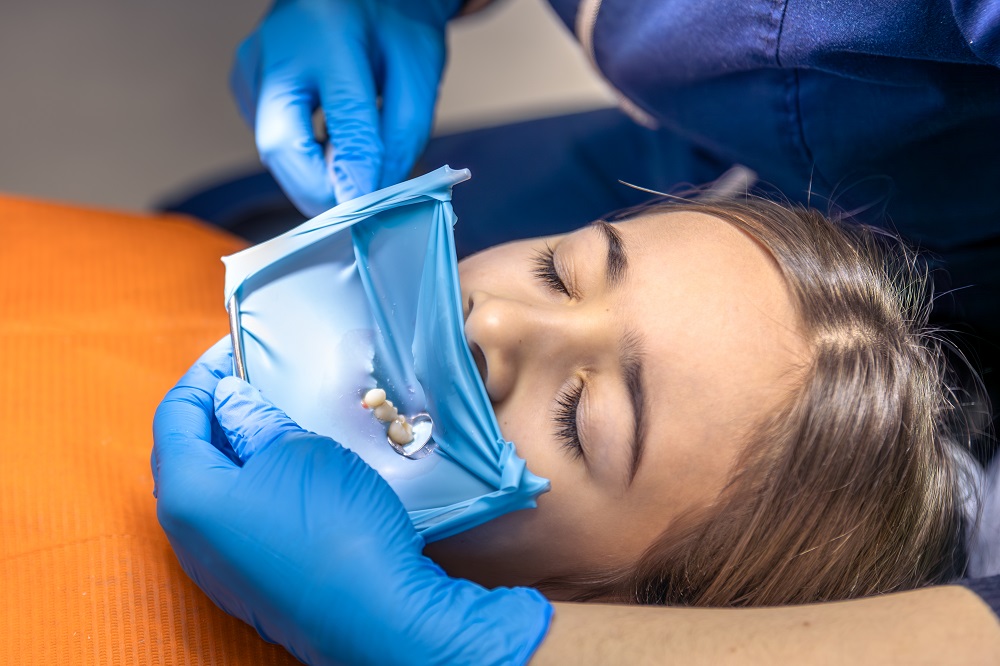Endoscopic Facelifts: A Minimally Invasive Option
As the demand for more natural-looking and less invasive cosmetic procedures continues to grow, facial rejuvenation techniques have evolved to offer patients safer, subtler, and faster recovery options. One of the most innovative developments in modern cosmetic surgery is the endoscopic facelift—a technique that provides youthful results with minimal incisions and reduced downtime. For individuals considering a Facelift in Islamabad, the endoscopic method presents an exciting alternative to traditional surgical approaches, especially for those seeking effective facial contouring without extensive surgical intervention.
What Is an Endoscopic Facelift?
An endoscopic facelift is a type of minimally invasive cosmetic surgery designed to lift and reposition the deeper layers of facial tissue through very small incisions. Unlike traditional facelifts that often involve long incisions along the hairline and behind the ears, this technique uses a tiny camera (endoscope) and specialized instruments inserted through small incisions, usually hidden in the hairline or behind the ears.
This procedure is particularly effective for targeting the mid-face region, including the cheeks, nasolabial folds, and the area around the eyes. It’s ideal for patients in the earlier stages of aging who want noticeable improvements without undergoing a full facelift.
How the Procedure Works
The process of an endoscopic facelift typically includes the following steps:
1. Anesthesia
The procedure is performed under general anesthesia or local anesthesia with sedation, depending on the patient’s needs and the surgeon’s preference.
2. Incision and Insertion of Endoscope
Small incisions, usually less than an inch long, are made in discreet areas such as the scalp or temples. Through these incisions, an endoscope—a tiny camera attached to a thin tube—is inserted to provide the surgeon with a clear, magnified view of the underlying facial structures.
3. Tissue Repositioning
Using specialized instruments, the surgeon gently lifts and repositions the underlying muscles and tissues to achieve a youthful and more elevated appearance. The skin is not pulled tightly; rather, the lift comes from adjusting the deeper structures.
4. Closure
Once the desired lifting and contouring are complete, the incisions are closed with sutures and the area is bandaged.
Key Benefits of Endoscopic Facelifts
1. Minimal Scarring
Since the incisions are small and hidden, scarring is nearly invisible once healing is complete.
2. Faster Recovery
Patients typically experience less bruising, swelling, and downtime compared to traditional facelifts.
3. Natural-Looking Results
By lifting deeper tissue layers rather than pulling the skin, the endoscopic technique avoids the overly tight or “windblown” look.
4. Reduced Risk of Nerve Damage
The enhanced visibility provided by the endoscope allows for precise manipulation of facial tissues, which reduces the risk of injuring facial nerves.
5. Customization
Surgeons can target specific areas of concern with precision, making the procedure highly customizable based on individual needs.
Ideal Candidates for an Endoscopic Facelift
This technique is best suited for:
- Individuals between the ages of 35 and 55 experiencing mild to moderate facial sagging
- People looking for natural enhancement without drastic changes
- Non-smokers or those willing to quit during the healing phase
- Patients in overall good health without medical conditions that impair healing
- Individuals with realistic expectations about what the procedure can achieve
It’s important to note that an endoscopic facelift may not be ideal for patients with severe skin laxity, especially in the lower face and neck areas. In such cases, a traditional or SMAS facelift might be more appropriate.
Recovery and Aftercare
One of the main appeals of the endoscopic facelift is the reduced recovery time compared to traditional methods. However, it still requires proper aftercare for optimal results:
Immediate Post-Procedure
- Mild swelling and bruising are expected but usually subside within a week.
- Patients are advised to keep their head elevated and avoid strenuous activity for a few days.
First Week
- Stitches are typically removed within 5–7 days.
- Discomfort can be managed with prescribed medications.
- Cold compresses help reduce swelling.
Weeks 2–4
- Most patients return to work and light social activities within 1–2 weeks.
- Final results become more visible as swelling continues to decrease.
Comparing Endoscopic and Traditional Facelifts
| Feature | Endoscopic Facelift | Traditional Facelift |
|---|---|---|
| Incisions | Small and hidden | Larger and more visible |
| Scarring | Minimal | Moderate to visible |
| Target Areas | Mid-face | Mid-face, jawline, neck |
| Recovery Time | 1–2 weeks | 3–4 weeks |
| Suitability | Mild to moderate sagging | Moderate to severe sagging |
| Longevity of Results | 5–10 years | 10–15 years |
Frequently Combined Procedures
To enhance the outcome of an endoscopic facelift, patients often combine it with additional non-surgical or minimally invasive treatments, such as:
- Brow lift – to elevate drooping eyebrows
- Eyelid surgery (blepharoplasty) – to reduce puffiness or sagging around the eyes
- Fat grafting or fillers – to restore lost facial volume
- Laser resurfacing – for improved skin texture and tone
These combinations allow patients to enjoy a more comprehensive and harmonious facial rejuvenation.
Risks and Considerations
Although safer and less invasive than many other surgical options, an endoscopic facelift still carries potential risks:
- Temporary numbness or tightness
- Infection or hematoma (rare)
- Asymmetry or dissatisfaction with results
- Need for revision surgery in rare cases
Choosing an experienced and qualified surgeon significantly reduces these risks.
Why Choose an Endoscopic Facelift?
An endoscopic facelift offers a balance between subtle improvement and surgical precision. It’s particularly appealing for individuals who aren’t ready for a full facelift but want more lasting results than what non-surgical treatments can provide. With benefits like shorter recovery, minimal scarring, and natural enhancement, it’s quickly becoming a preferred option among both patients and surgeons.
Conclusion
If you’re exploring facial rejuvenation options but are hesitant about undergoing a traditional facelift, the endoscopic facelift might be the ideal solution. It delivers natural, subtle lifting with far less recovery time and visible scarring. Whether you’re just starting to see signs of aging or want to maintain youthful features without the commitment of a full surgical lift, this minimally invasive technique offers a promising middle ground.
For those considering a Facelift in Islamabad, consulting with an experienced cosmetic surgeon who offers modern techniques like the endoscopic facelift is crucial to achieving your aesthetic goals safely and effectively. Schedule your personalized consultation with the experts at Dynamic Clinic—a trusted name in facial aesthetics and advanced cosmetic procedures in Islamabad.













